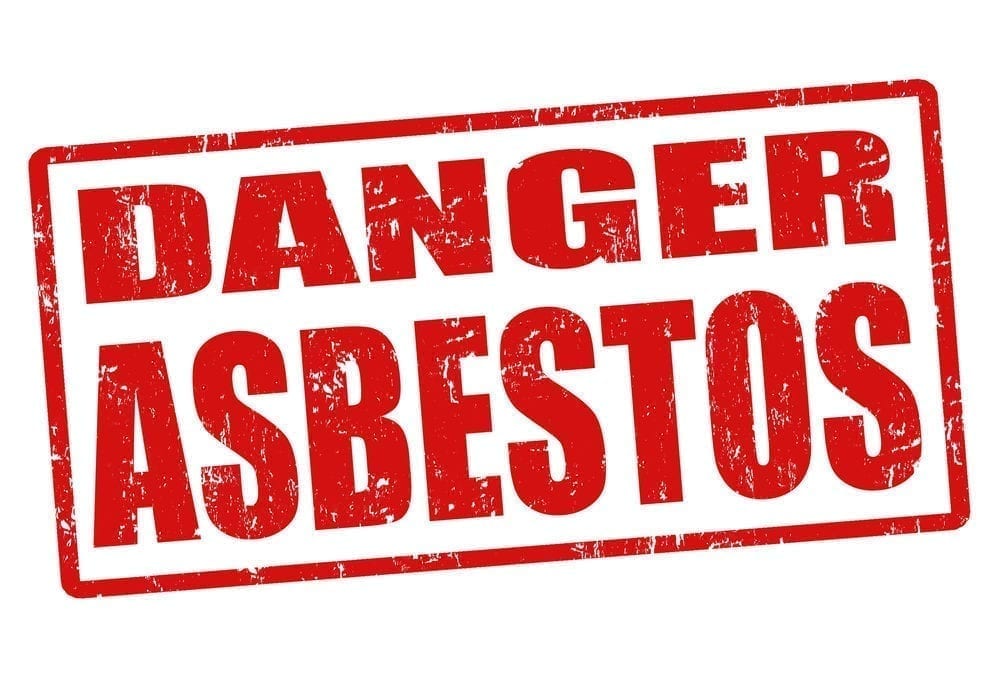With the coronavirus pandemic being the talk of the planet, these days, it can be easy to forget about numerous other health concerns. Like COVID-19, many illnesses that impact our respiratory systems can lead to death. For people who have been exposed to asbestos, this has been a tragic reality.
Even though asbestos is now banned in Canada, it’s important to remember that it still may be present in our lives. If you live in a home that was constructed pre-1990, for example, you may have asbestos installed as part of your house’s insulation. When left undisturbed, asbestos is relatively harmless. However, if its fibres become airborne – during a renovation, for example – they can produce deadly effects.
Mesothelioma is directly caused by the inhalation of asbestos fibres.
It is a deadly form of lung cancer that shows up as a malignant tumour in the lining of the lungs and sometimes the abdomen or heart. Symptoms include chest pain and shortness of breath. Very sadly, the majority of those who are diagnosed with mesothelioma are told they have approximately one year to live.
“Mesothelioma, is a rare cancer of the membrane that covers the lungs and chest cavity (pleura), the membrane lining the abdominal cavity (peritoneum), or membranes surrounding other internal organs,” details the Agency for Toxic Substances and Disease Registry, “Signs of mesothelioma may not appear until 30 to 40 years after exposure to asbestos.”
Asbestosis is a disease that is directly caused by asbestos exposure.
The name of this disease tells you exactly how it develops. As Michelle Whitmer explains on Asbestos.com, asbestosis is a progressive pulmonary disease that inhibits lung health and function. Sufferers of asbestosis generally need a combination of pain medication and oxygen tanks to manage their symptoms. Whitmer goes on to explain how the disease significantly impacts the respiratory symptoms of those who have it.
“Breathing becomes difficult and painful as the condition progresses,” she informs, “Scarring impairs the lungs’ ability to supply oxygen to the blood stream. Patients often need oxygen tanks and pain medication to control symptoms. There is no cure for asbestosis and its progression can’t be halted, but most symptoms are minimized with medication and oxygen supplementation.”
Asbestos-related diseases can also cause clubbed fingers to form.
Perhaps, somewhat surprisingly, asbestosis sufferers are particularly at risk of getting clubbed fingers. Whitmer explains that they can develop early and don’t go away. Clubbed fingers are often signs that someone has an extreme case of asbestosis.
“About half of all people with severe asbestosis develop a condition known as clubbed fingers,” writes Whitmer, “The tips of fingers become misshapen, swollen and may take on a box-like appearance. The condition appears to be caused by the biological effects of asbestosis rather than directly by asbestos fibres.”
Are you concerned about the presence of asbestos in your home? If so, it’s important to have your home inspected. Please don’t hesitate to contact Enviro-Works Inc. to learn about how we test for Bulk Asbestos. Give us a call at 780-457-4652 or email us at info@enviro-works.com.
